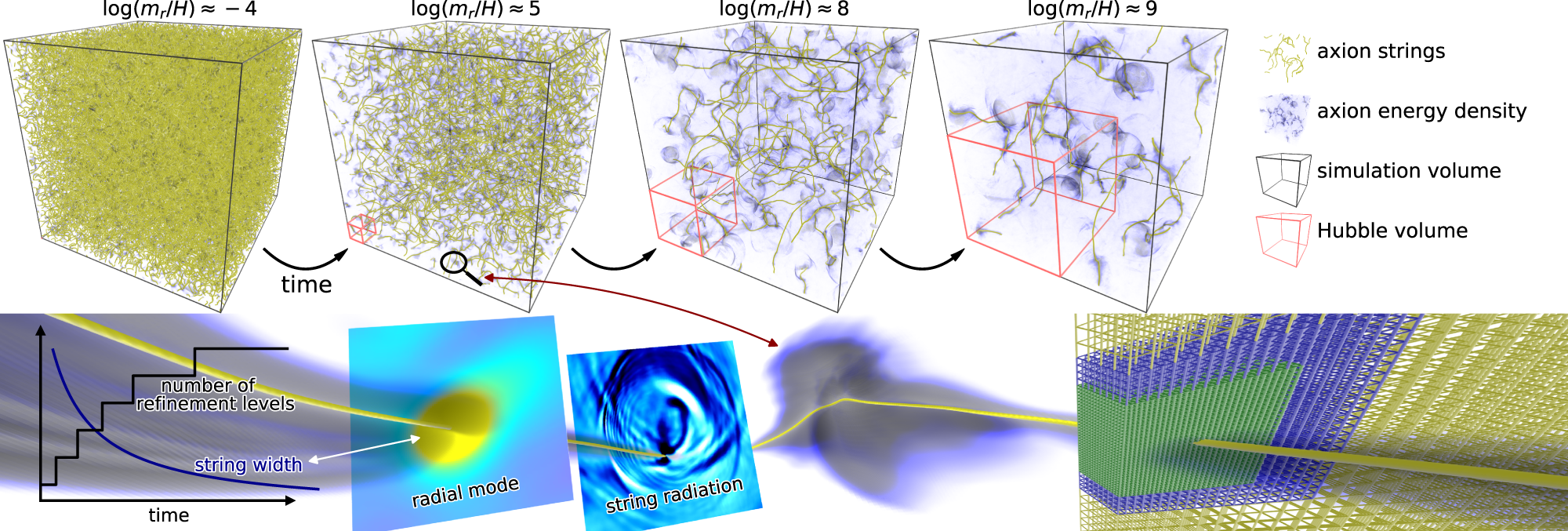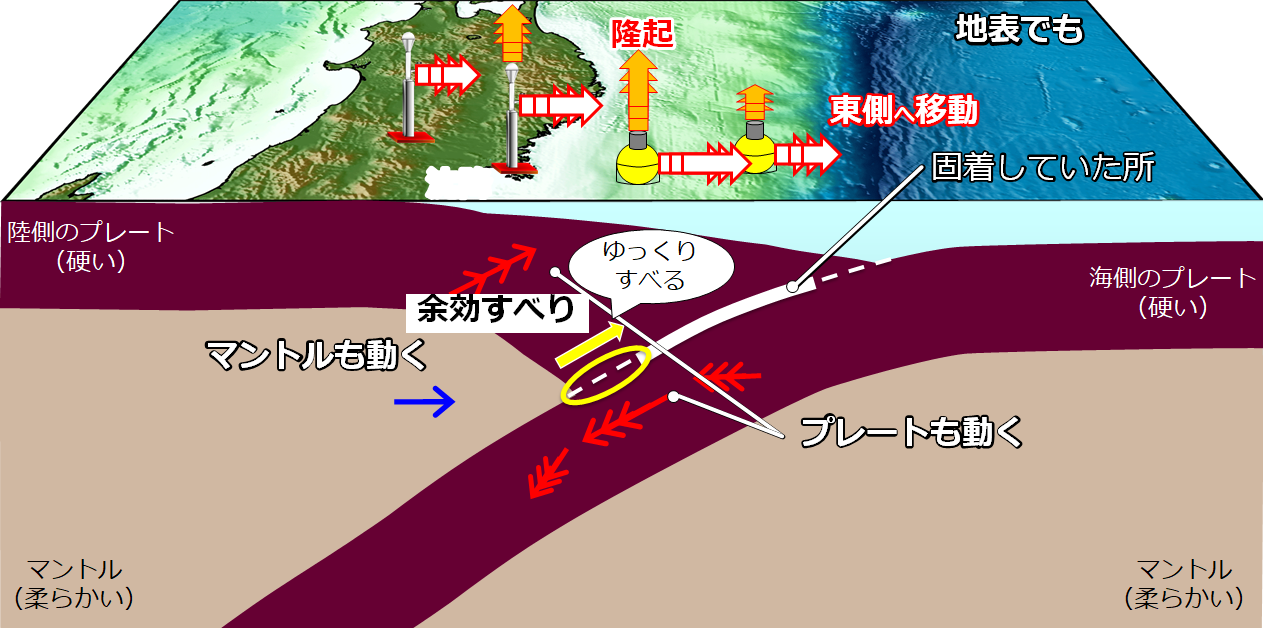氷と海洋の相互作用がアムンゼン海湾の融解を加速している Ice-ocean interactions are accelerating melting into Amundsen Sea Embayment
2022-03-10 カリフォルニア大学校アーバイン校(UCI)
2018年から2020年までの観測では、これらの速度が減速していることが確認されましたが、研究者によると、この動きは、氷河学コミュニティの年間数値モデルによる予測よりもまだ速いとのことです。

Nature Geoscience誌に掲載された論文では、カリフォルニア大学、NASA JPL、その他の研究者が衛星データを用いて、西南極のアムンゼン海湾に注ぐポープ、スミス、コーラー氷河を調査しています。これらの氷河や他の南極氷河の急速な後退をもたらした氷と海洋の相互作用に関する貴重な情報を得ることができ、世界の海面上昇に与える将来の影響をより適切にモデル化するのに役立ちました。NASA
<関連情報>
- https://news.uci.edu/2022/03/10/uci-nasa-jpl-researchers-detail-causes-of-glacier-retreat-in-west-antarctica/
- https://www.nature.com/articles/s41561-021-00877-z
西南極で観測された急速な氷河の後退速度 Rapid glacier retreat rates observed in West Antarctica
P. Milillo, E. Rignot, P. Rizzoli, B. Scheuchl, J. Mouginot, J. L. Bueso-Bello, P. Prats-Iraola & L. Dini
Published: 13 January 2022 Nature Geoscience volume 15, pages48–53 (2022)Cite this article
Abstract
The Pope, Smith and Kohler glaciers, in the Amundsen Sea Embayment of West Antarctica, have experienced enhanced ocean-induced ice-shelf melt, glacier acceleration, ice thinning and grounding-line retreat in the past 30 years. Here we present observations of the grounding-line retreat of these glaciers since 2014 using a constellation of interferometric radar satellites combined with precision surface elevation data. We find that the grounding lines develop spatially variable, kilometre-scale, tidally induced migration zones. After correction for tidal effects, we detect a sustained pattern of retreat coincident with high melt rates of ungrounded ice, marked by episodes of more rapid retreat. In 2017, Pope Glacier retreated 3.5 km in 3.6 months, or 11.7 km yr–1. In 2016–2018, Smith West retreated at 2 km yr–1 and Kohler at 1.3 km yr–1. While the retreat slowed in 2018–2020, these retreat rates are faster than anticipated by numerical models on yearly timescales. We hypothesize that the rapid retreat is caused by unrepresented, vigorous ice–ocean interactions acting within newly formed cavities at the ice–ocean boundary.



